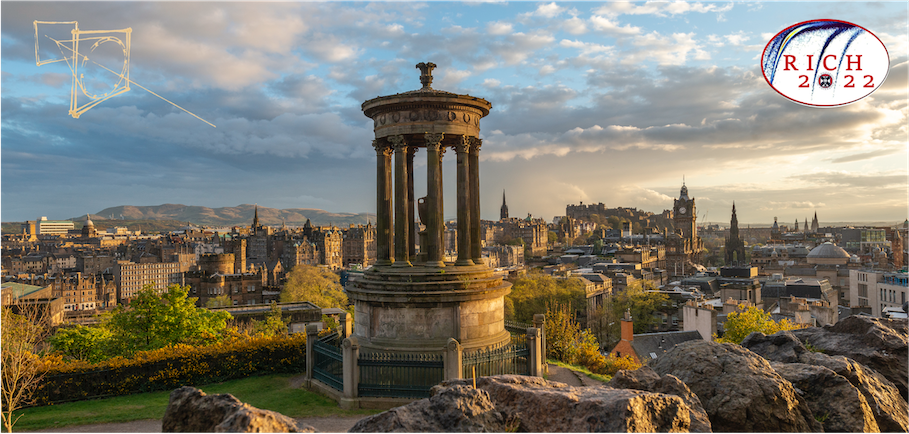Conveners
Pattern Recognition and data analysis
- Roger Forty (CERN)
Pattern Recognition and data analysis
- Roger Forty (CERN)
The LHCb RICH system has undergone a major upgrade during the Long Shutdown 2 of the LHC and it is now ready for operation. The previous incarnation provided excellent hadron identification during runs 1 and 2 of the LHC. The LHCb strategy of having offline quality reconstruction at the High-Level Trigger 2 stage for run 2 posed many calibration challenges that were met successfully. The...
In the forward end-cap of the Belle II spectrometer particle identification is provided by a proximity focusing RICH detector with an aerogel radiator (ARICH). Its main purpose is to provide good separation between pions and kaons in the momentum range from 0.5 GeV/c up to 4 GeV/c, and in addition to contribute to the identification of low momentum leptons. Since the start of its operation,...
NA62 is a new generation kaon experiment at the CERN SPS aiming at measuring the branching ratio (BR) of the ultra-rare K+→π+νν decay with 10% accuracy.
One of main challenges of the experiment is the suppression of background decay channels with branching ratios up to 10 orders of magnitude higher than the signal and with similar experimental signatures, e.g. the background from the K+→μ+ν...
At the Belle II experiment a Time-of-Propagation (TOP) counter is used for particle identification in the barel region. This novel type of particle identification device combines the Cherenkov ring imaging technique with the time-of-flight and therefore it relies on a precise knowledge of the time of collision in each triggered event. We will present a maximum likelihood based method which we...
The Time Of internally Reflected CHerenkov (TORCH) detector is a proposed large-area time-of-flight detector, which aims to enhance the particle identification performance of the LHCb detector in the 2--10 GeV/$c$ momentum range. The Cherenkov light pattern in TORCH is a three-dimensional image (in space and time), which is folded by reflections from the sides of the detector modules. This...
